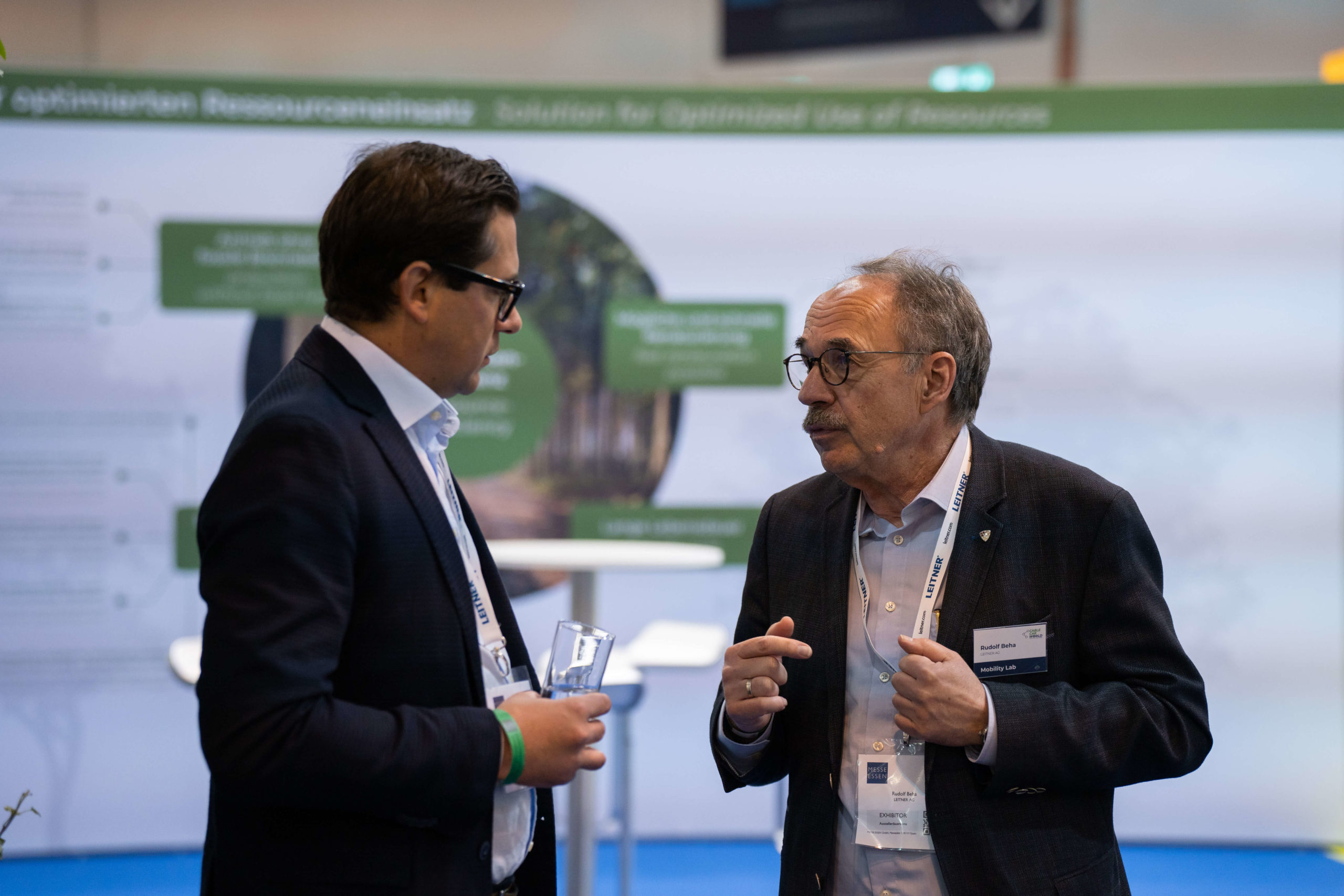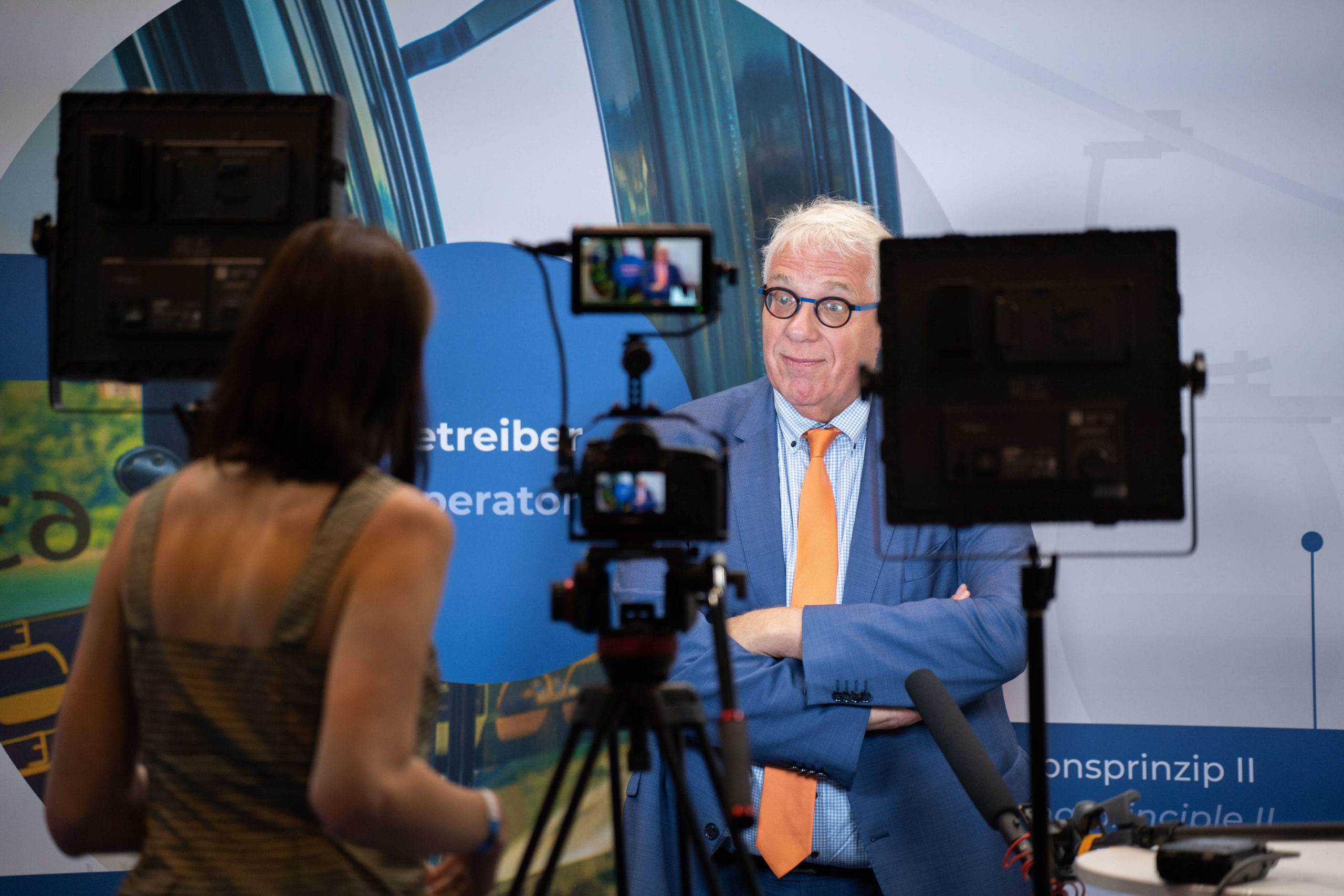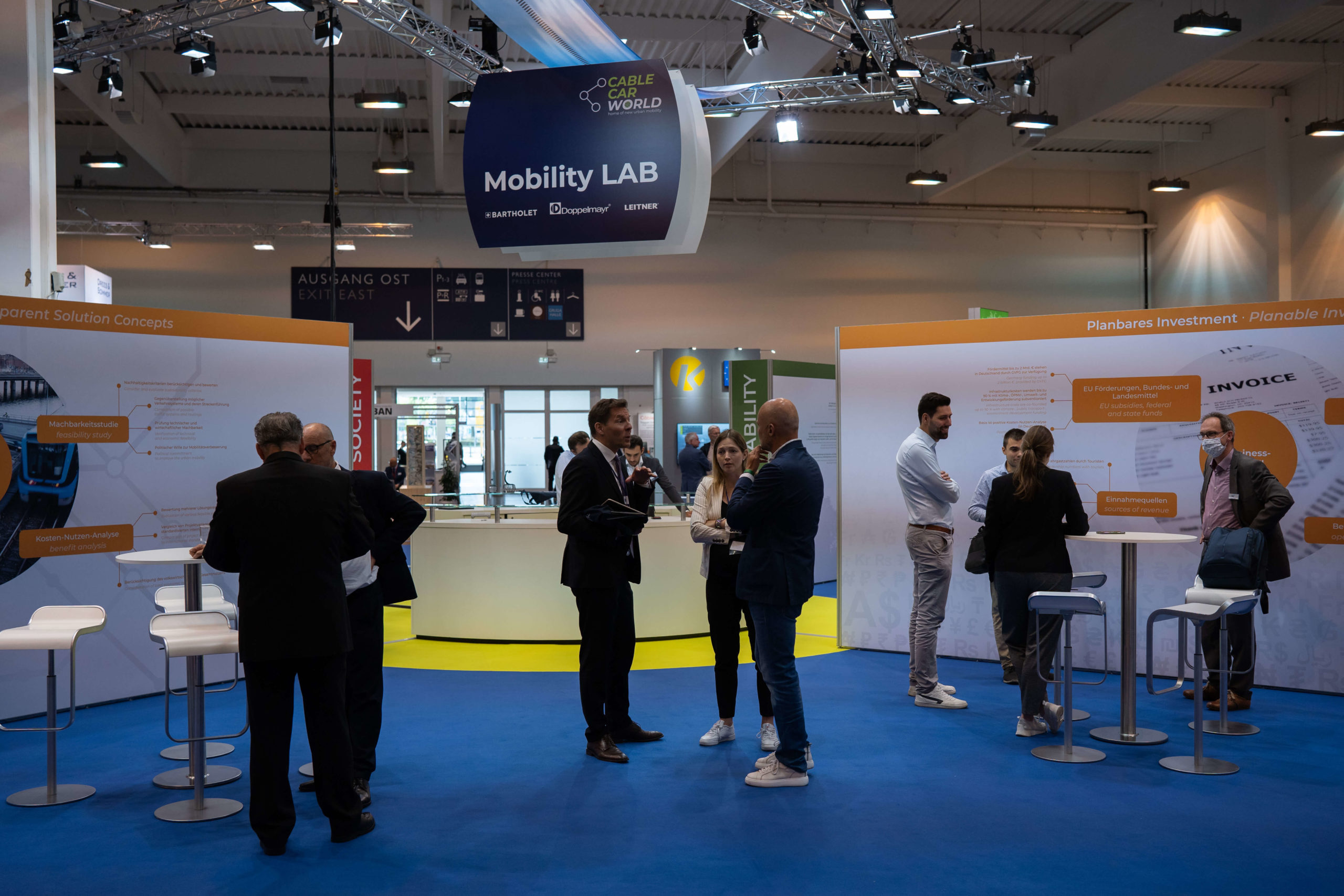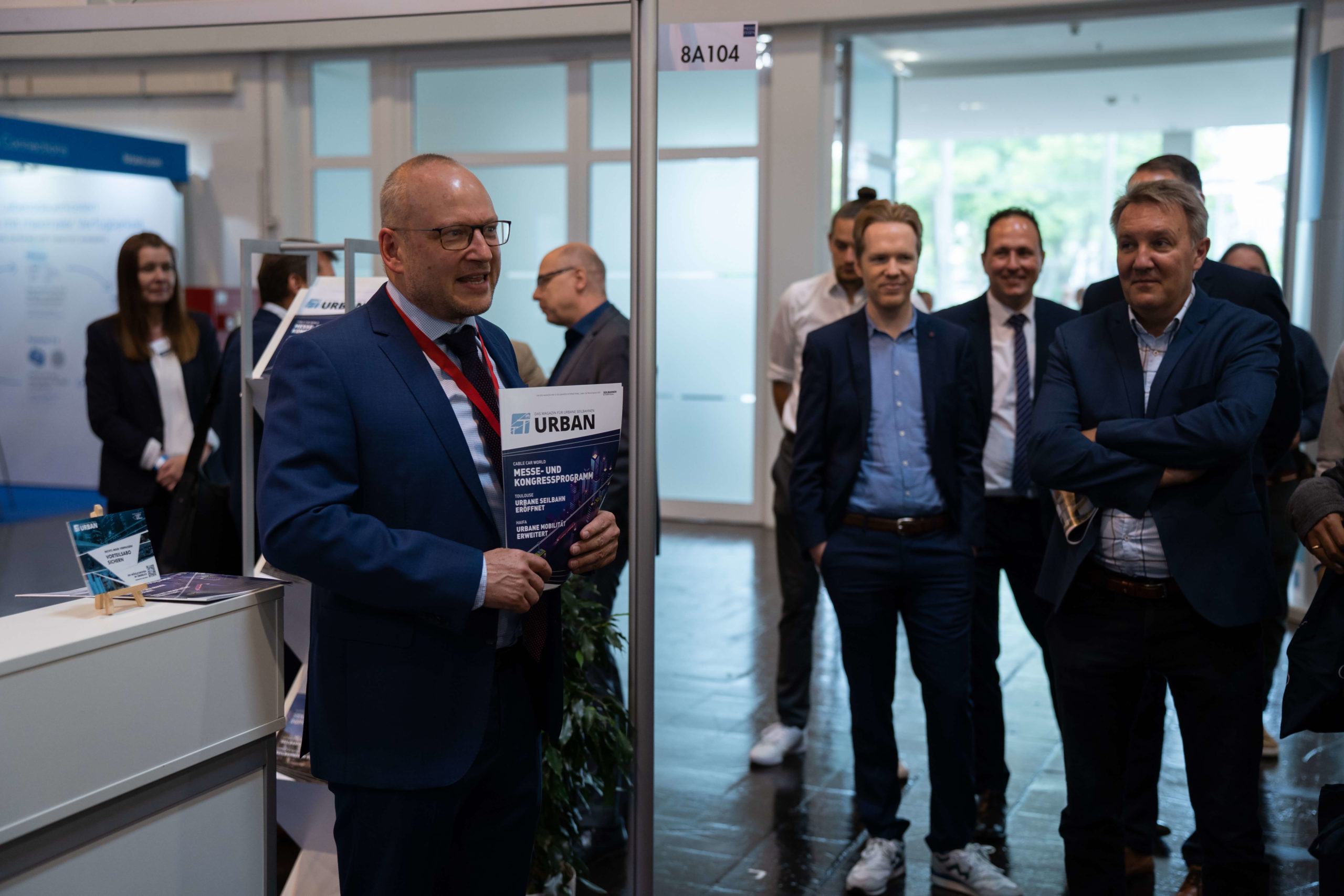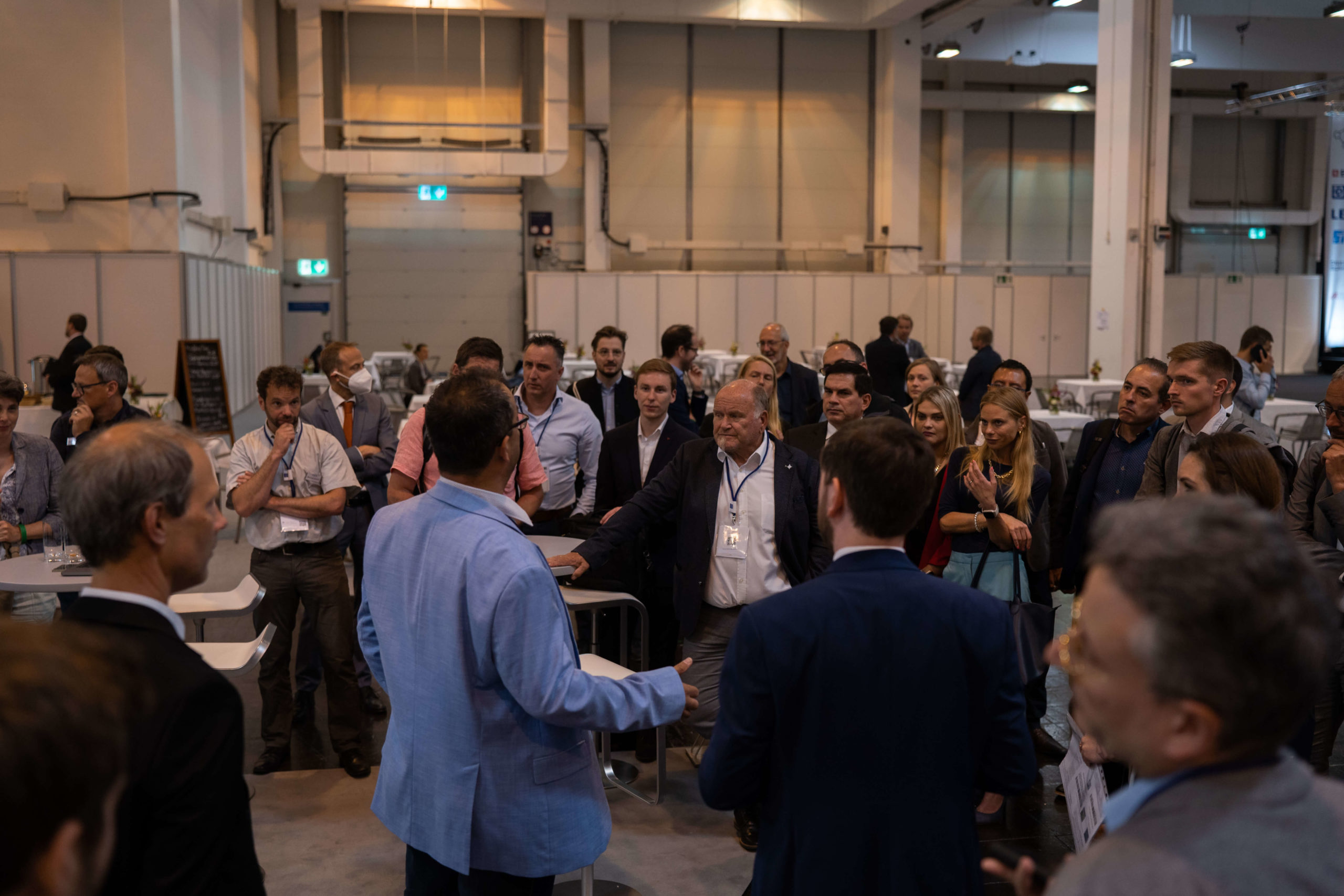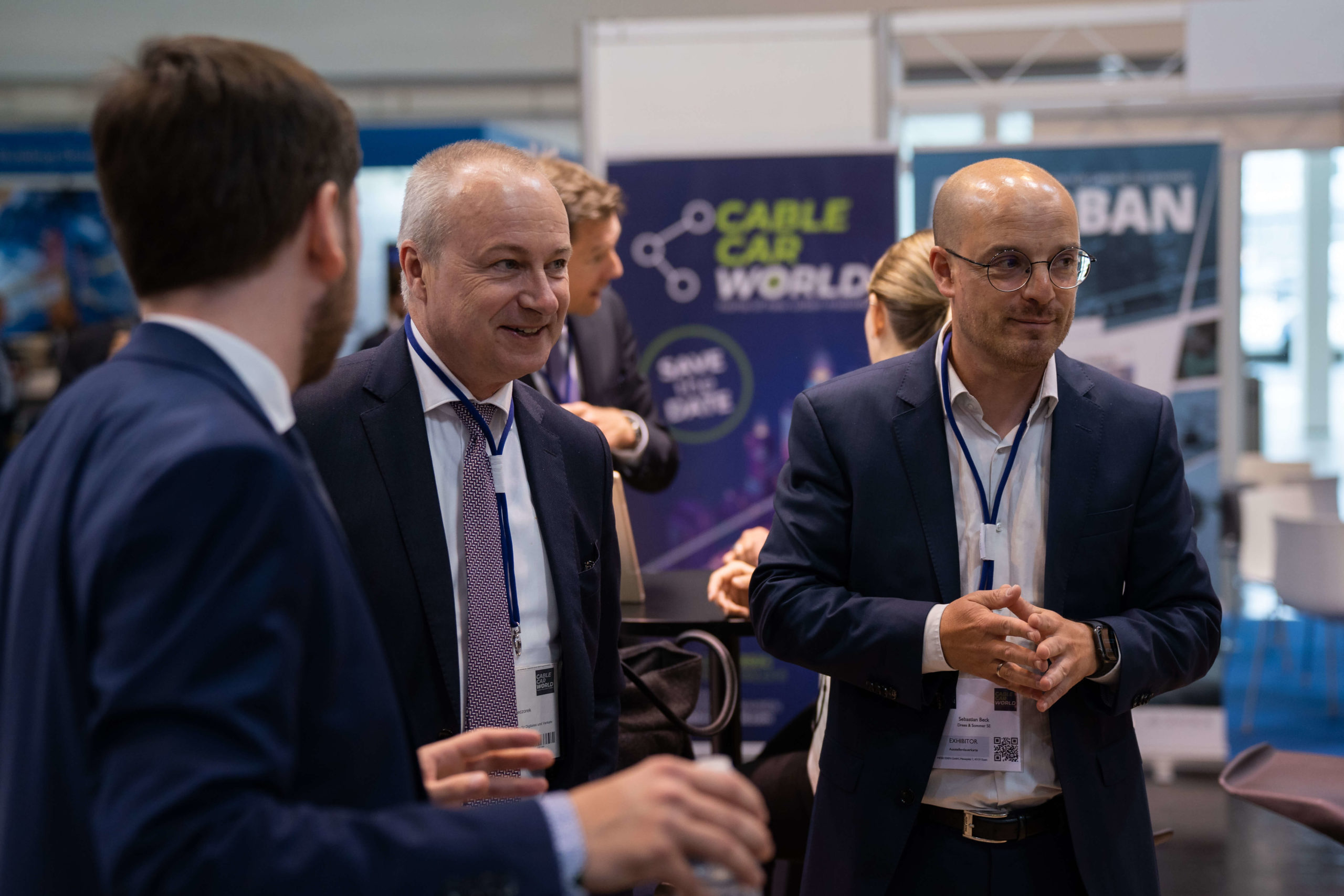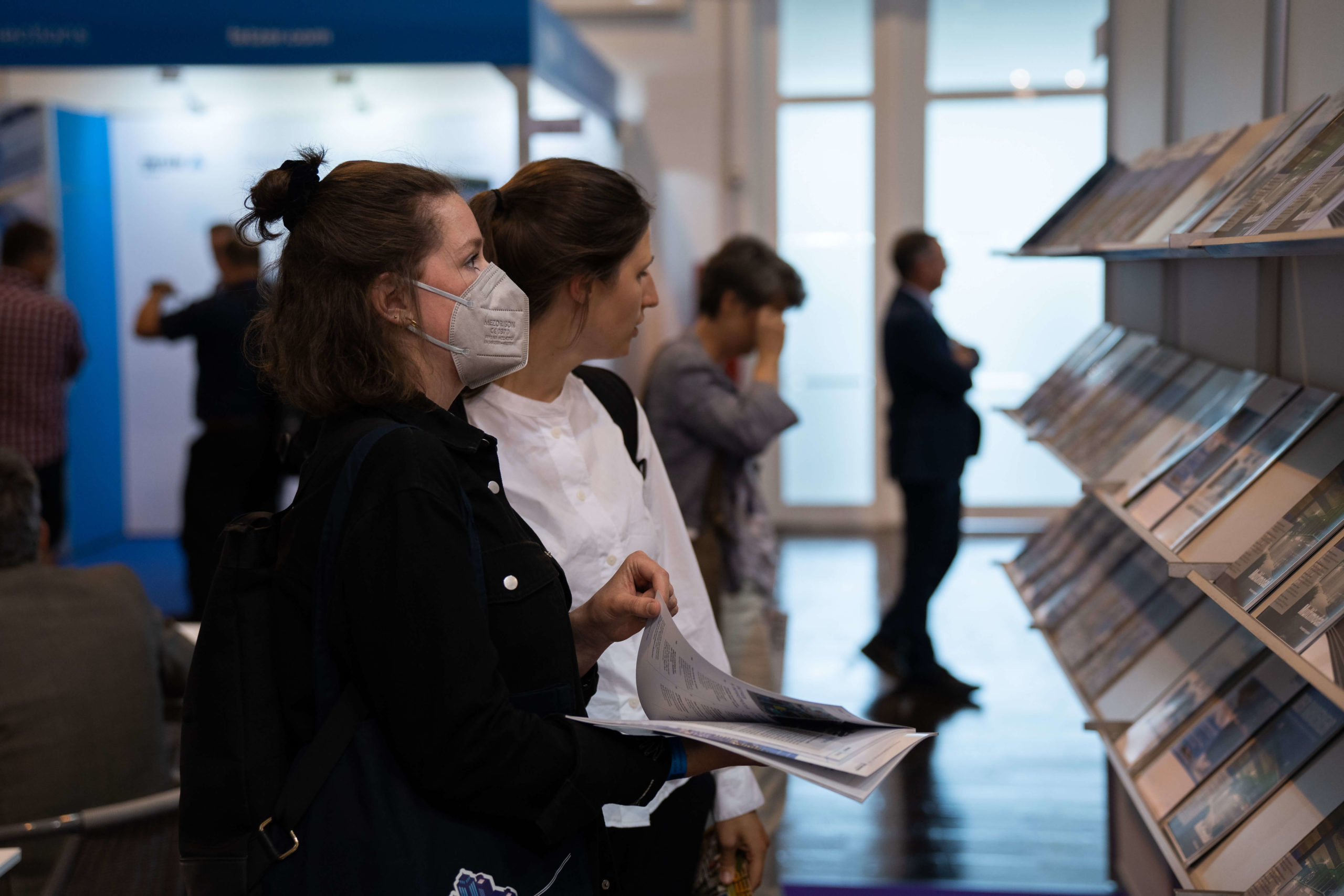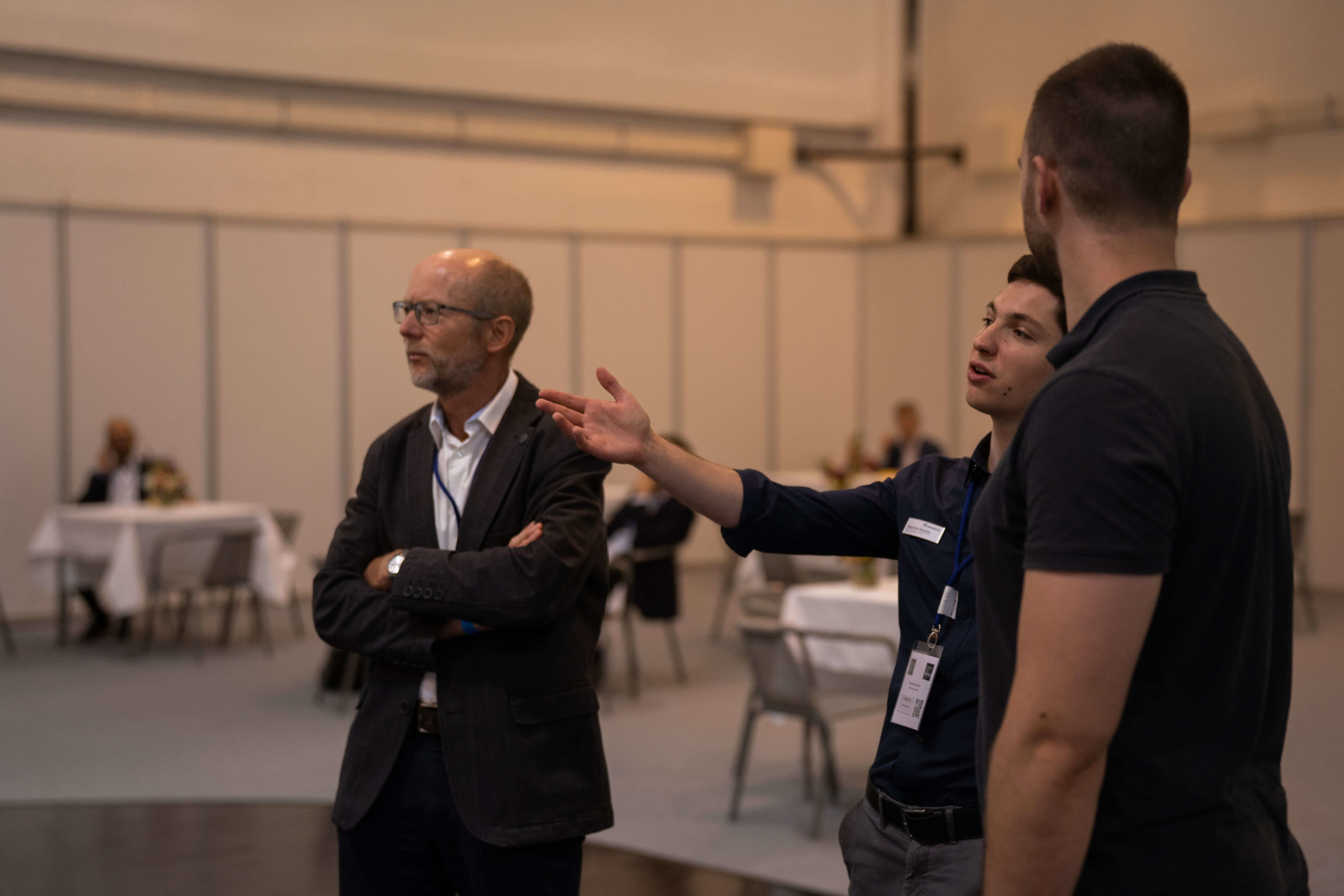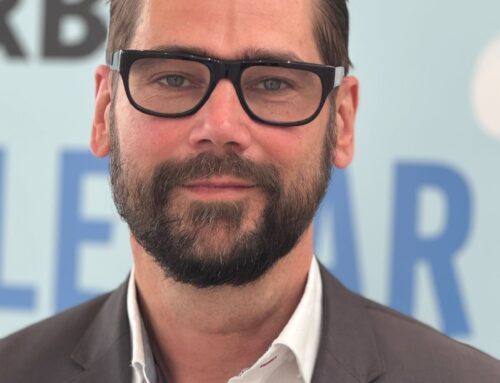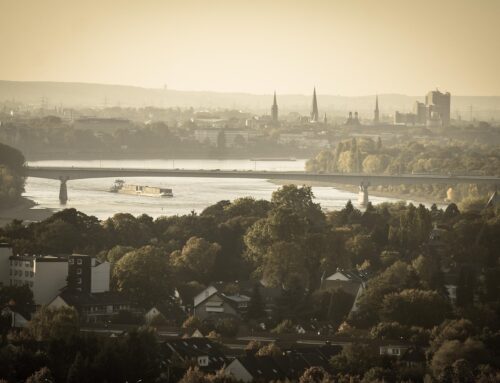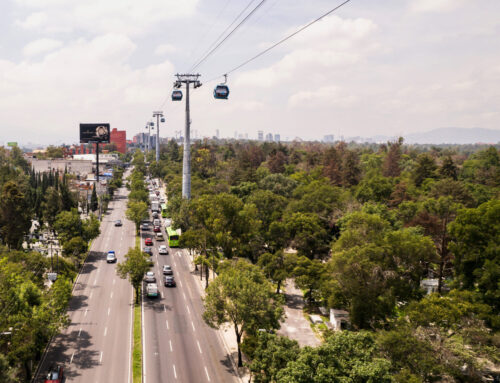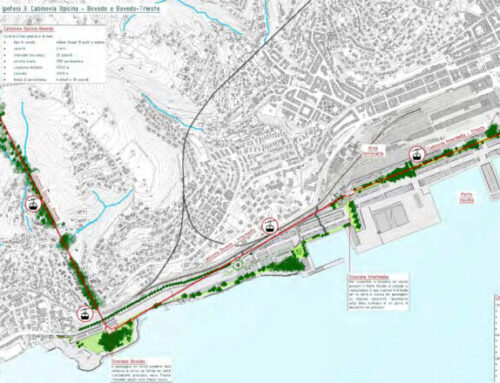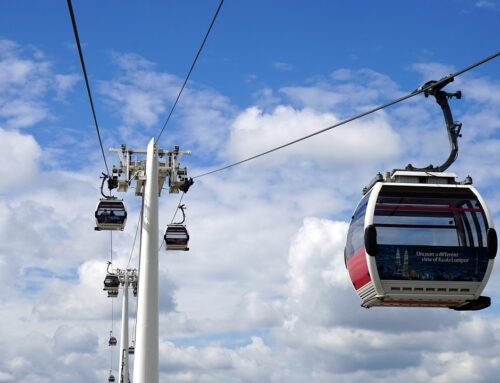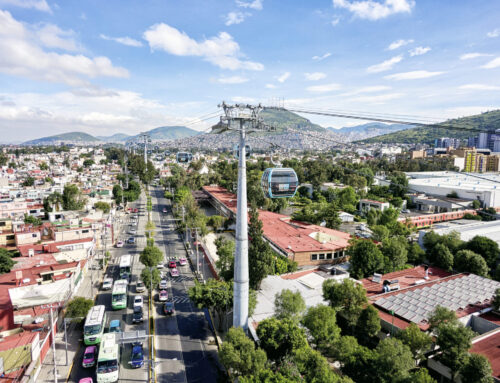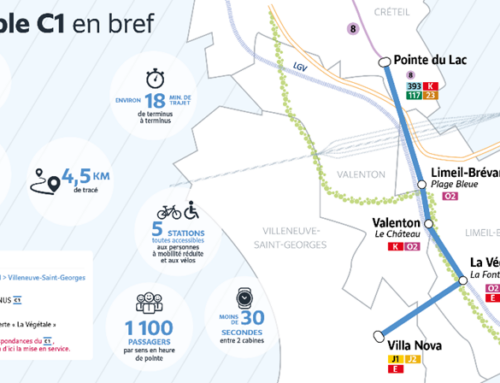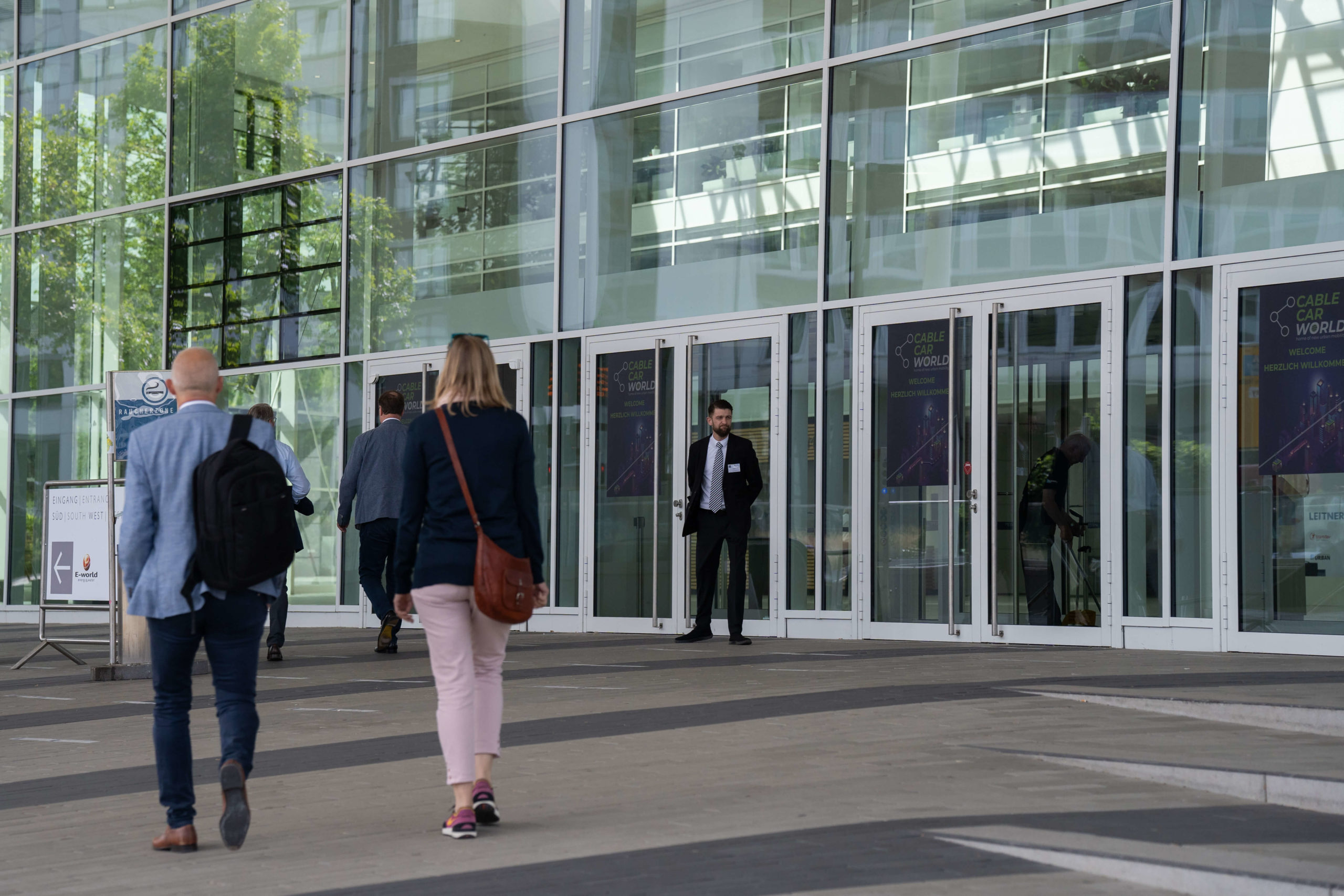
SI-Urban
Cable Car World celebrates successful premiere
It was a perfect start: Around 500 participants from 14 nations took the opportunity to take a look at the future of urban mobility at Cable Car World from 21 to 22 June 2022. The world’s first trade fair for the means of transport of the urban cable car united 30 exhibitors and a specialist congress with more than 20 national and international experts under the roof of Messe Essen on the two days of the event.
Employees from public administration and decision-makers from municipalities and federal states, to whom Cable Car World was primarily directed, informed themselves about technical possibilities as well as legal and planning framework conditions.
“The time is ripe to give the urban cable car its own trade fair platform. As a sustainable mode of transport, it is no longer possible to imagine the mobility mix of the future without it,” explains Oliver P. Kuhrt, Managing Director of Messe Essen, which launched Cable Car World together with Seilbahnen International Verlag as a partner.
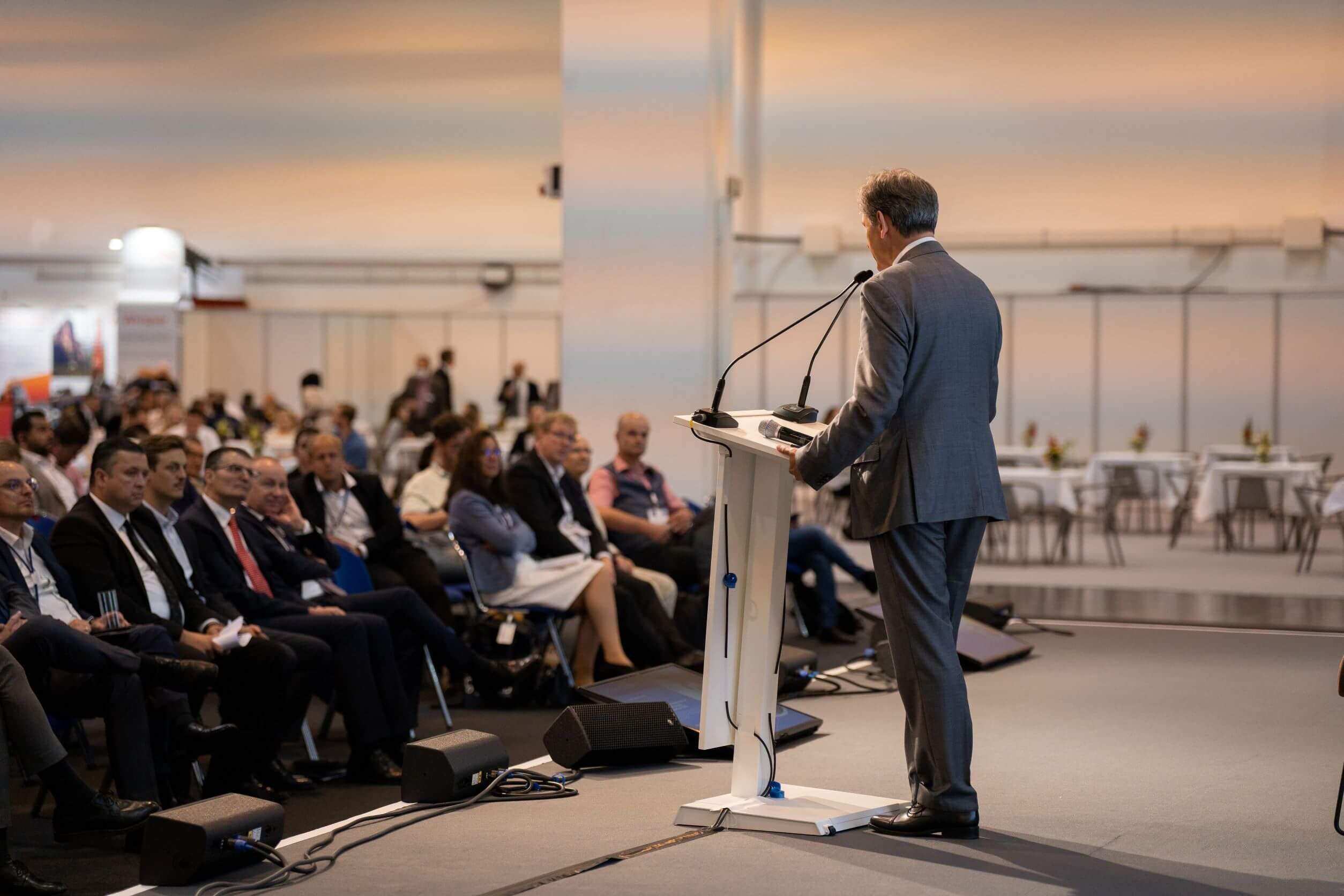
“I am delighted that we have succeeded in making this groundbreaking trade fair a reality.” Gerald Pichlmair, Managing Director at Seilbahnen International, adds: “Together with Messe Essen, we were able to bring the urban ropeway into people’s minds. The future hangs on the rope – Messe Essen, the visitors and the exhibitors have clearly recognised this.”
Located in the heart of the Ruhr metropolis, Essen proved to be the ideal environment for the new trade fair. After all, Germany’s largest conurbation is considered a potential application area for urban ropeways.
High-calibre trade congress convinces with its multifaceted nature
As an integral part of Cable Car World, the integrated trade congress brought all facets of the topic to the table. First of all, Professor Dr Harry Wagner from the Ingolstadt Technical University raised the question of what the mobility of tomorrow will look like. His keynote speech dealt with the topic “Mobility 4.0 – Requirements for new urban mobility. How will we get around in the future? Necessities and further developments of public transport”. The diverse keynote speeches showed that cable cars are not a dream of the future, but a tangible mobility option.
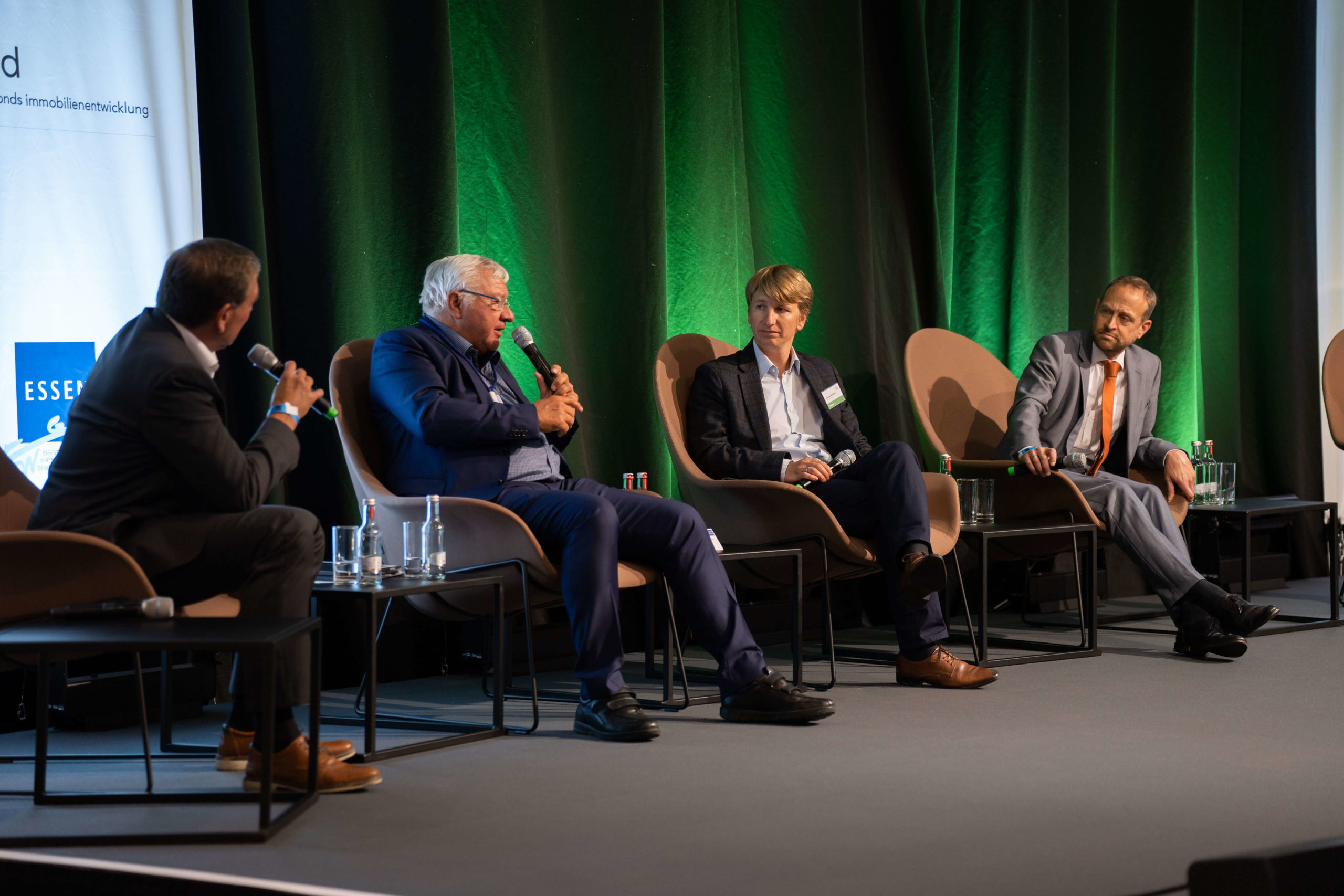
Several speakers dealt with the possibilities of integrating ropeways into local public transport (LPT) from different aspects. There was also an overview of the planning process and the compatibility of urban cableways with urban planning law.
The speakers also highlighted the environmental concerns of new urban mobility and addressed architectural and design issues in order to integrate cable cars into urban space.
Four panel discussions also shed light on urban mobility in general, the conditions for gaining acceptance for infrastructure projects, the legal obstacles for urban cable cars and the factors for successful planning and implementation. Best practice examples from Latin America, Zimbabwe and France rounded off the lecture programme.
Mobility Lab as the heart of the trade fair
In the exhibition halls, the Mobility Lab with the four thematic areas of Society, Sustainability, Technology and Profitability formed the centre of the trade fair. Visitors were able to talk directly to the ropeway manufacturers Bartholet, Doppelmayr and Leitner in the open-plan area.
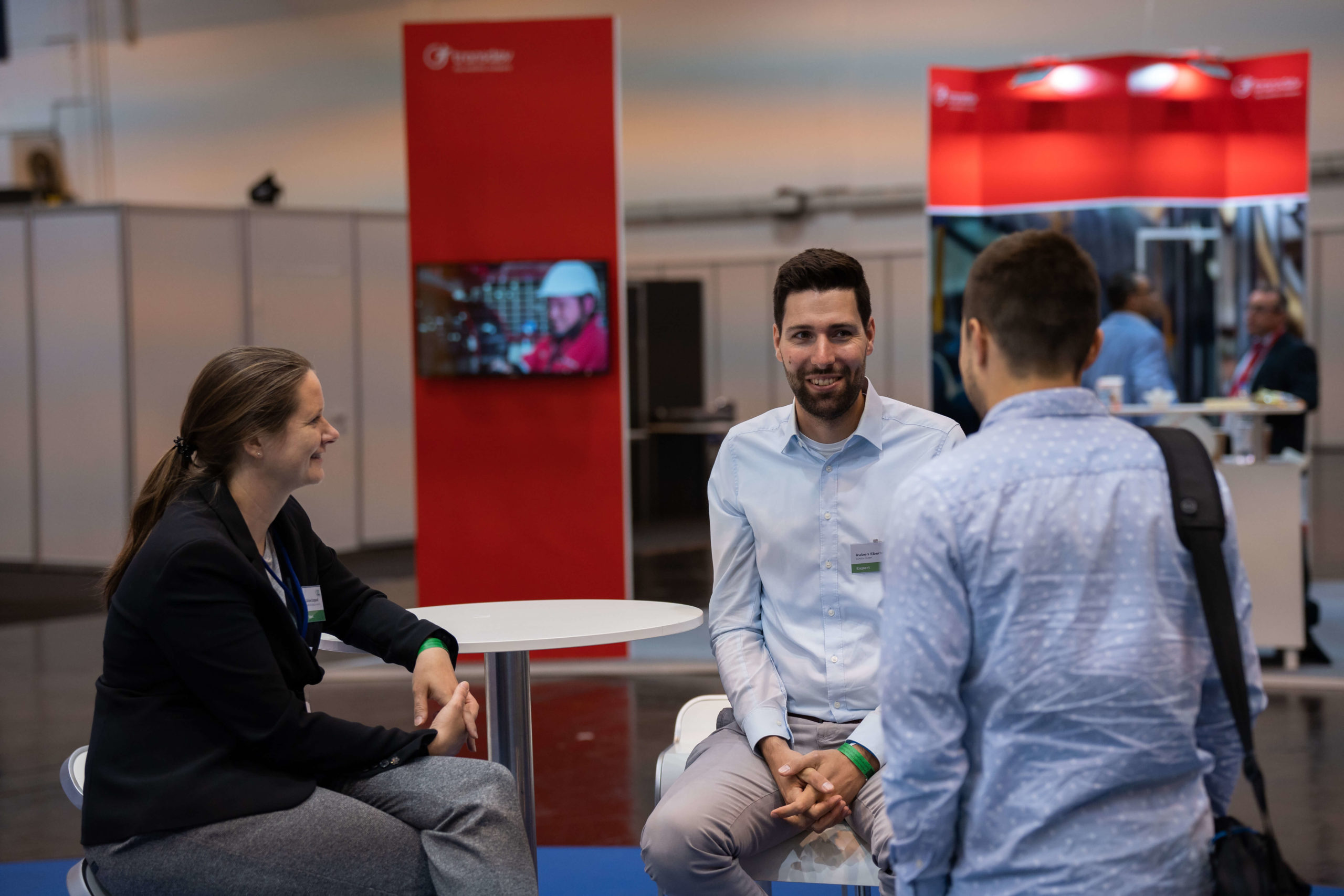
A Science Wall also presented current projects and research projects from eleven renowned universities from Germany and Austria. Exhibitors included leading general manufacturers and suppliers of cabins and ropes as well as providers of software, access solutions and services for planning, operation and maintenance.
After the successful start, the cable car industry is now looking forward to the second edition of Cable Car World from 4 to 5 June 2024 in order to further promote the important topic of the mobility revolution in urban areas.
